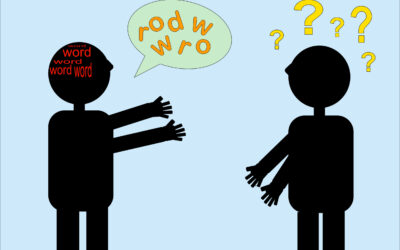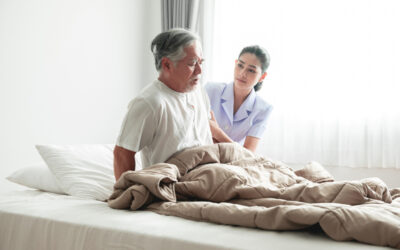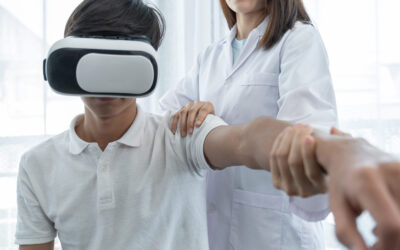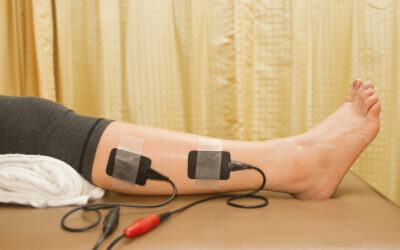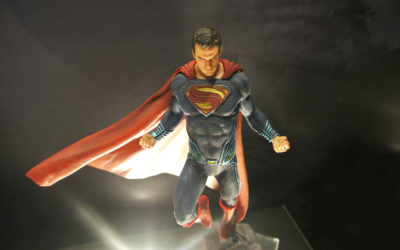Following a neurologic injury, some people experience a leg that feels stiff, heavy, or both. This can make walking difficult. In this video, you will learn the best exercise routine to relearn how to lift the leg more efficiently and minimize the sensation of having a “heavy leg”.
What causes the leg to feel stiff?
Damage to the neurologic system can cause two problems that significantly impact the body’s ability to move. These are spasticity and abnormal synergy patterns. Spasticity, an involuntary muscle contraction, in the quadriceps (muscles that straighten the knee) can make the knee difficult to bend while walking. This can cause the leg to feel like it is stuck to the ground. An abnormal synergy pattern can also cause the knee to want to stay locked out straight. Both of these movement problems can make the leg feel heavy and make walking difficult
What are the best exercises for a stiff or heavy leg?
The best place to start is lying down with the knees bent. Starting with the knees bent will make it easier to lift the leg. Lying down, can help the body to stay more relaxed and may minimize the impact of the abnormal muscle synergy and spasticity noted above.
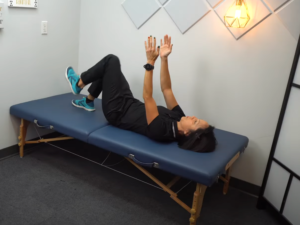
Next, try starting with the leg starting from a more extended position.
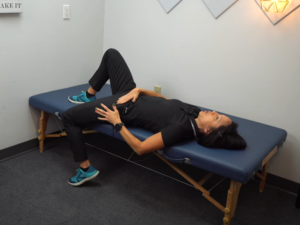
If that is too difficult, you might want to try using the core max to assist
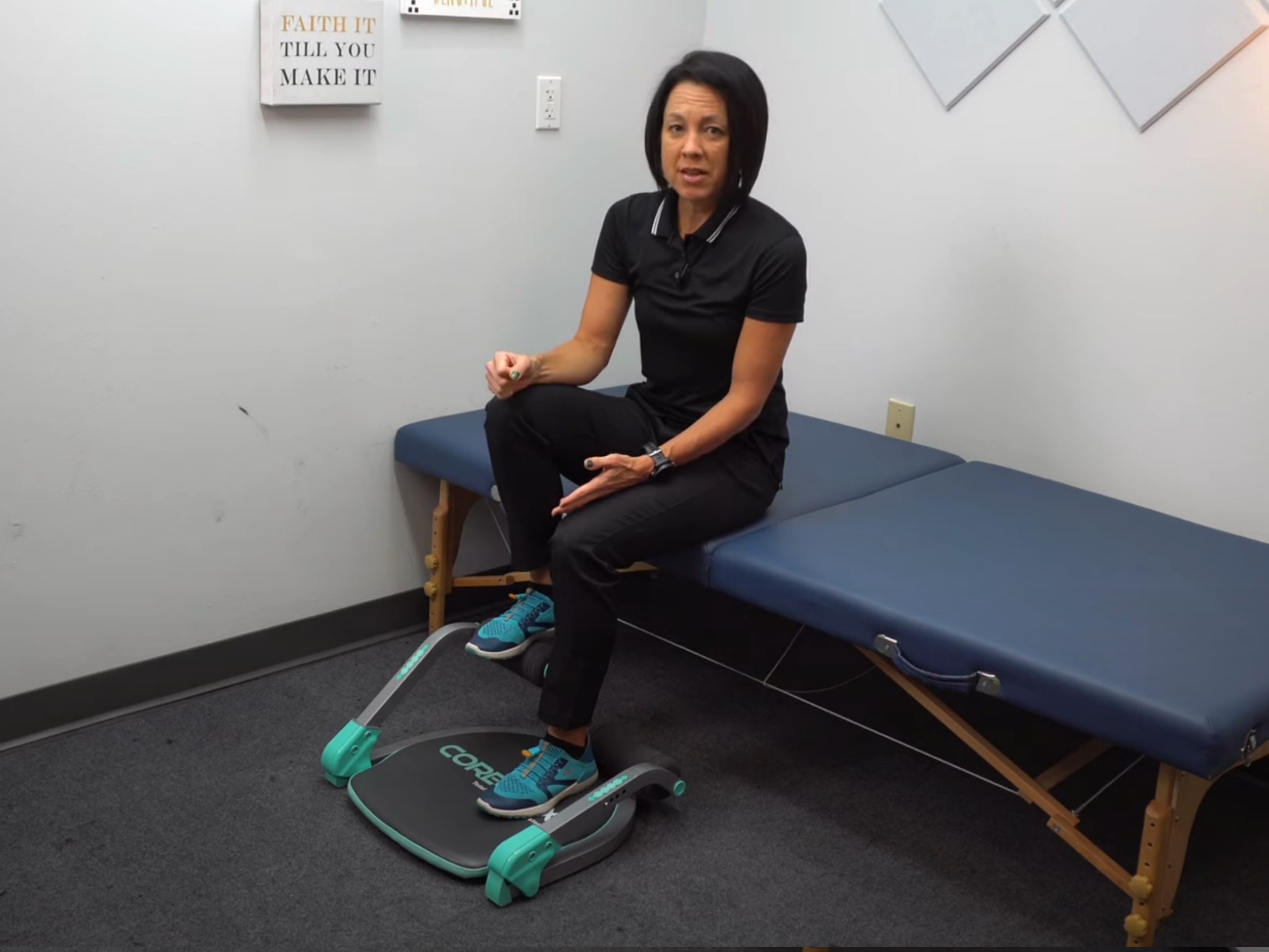
Next, you can move on to trying to bring the leg forward in standing. Use something under your foot to make it easier to bring forward. I recommend a mini skateboard
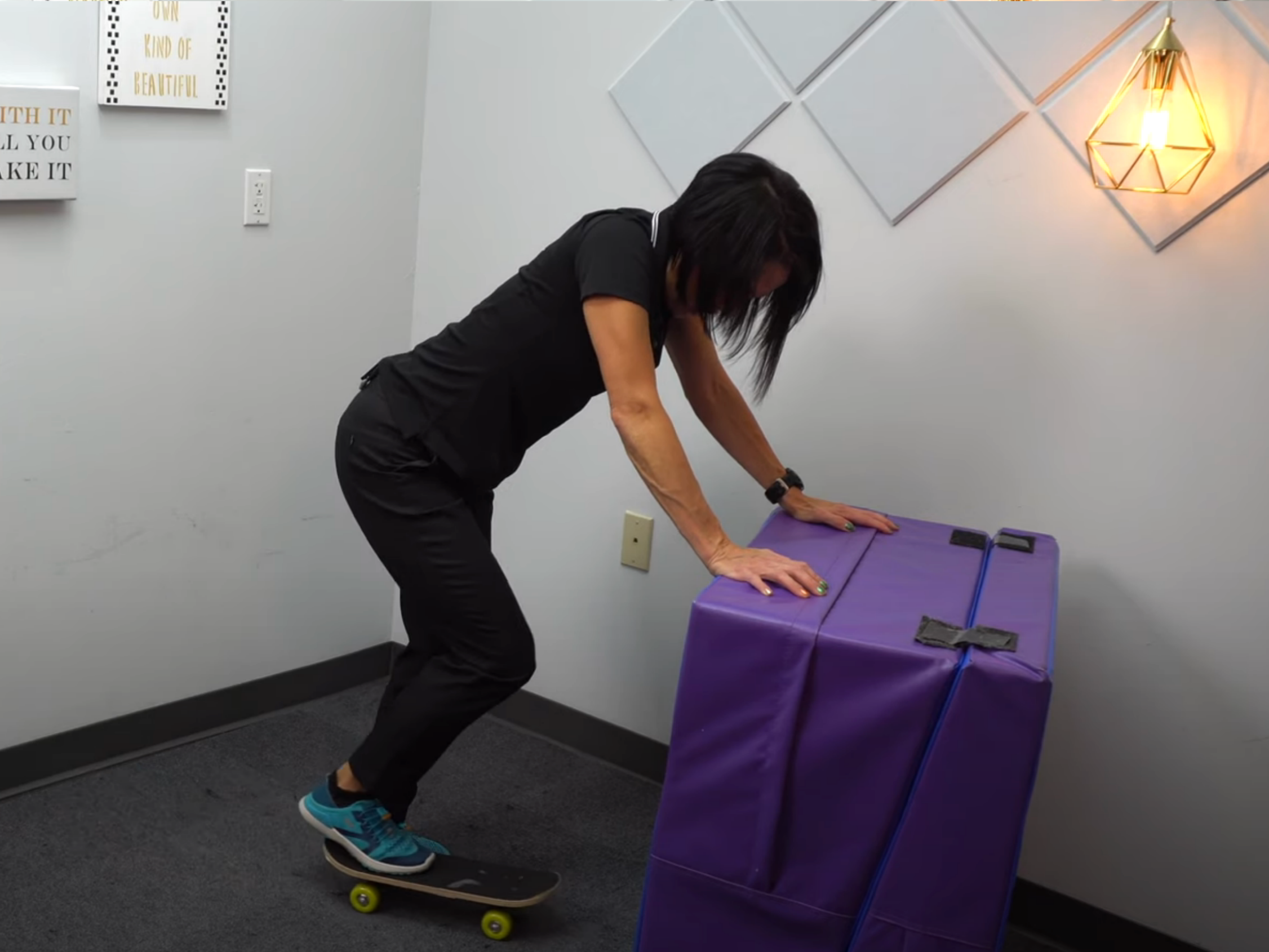
Once you can bring the leg straight forward, try adding a step
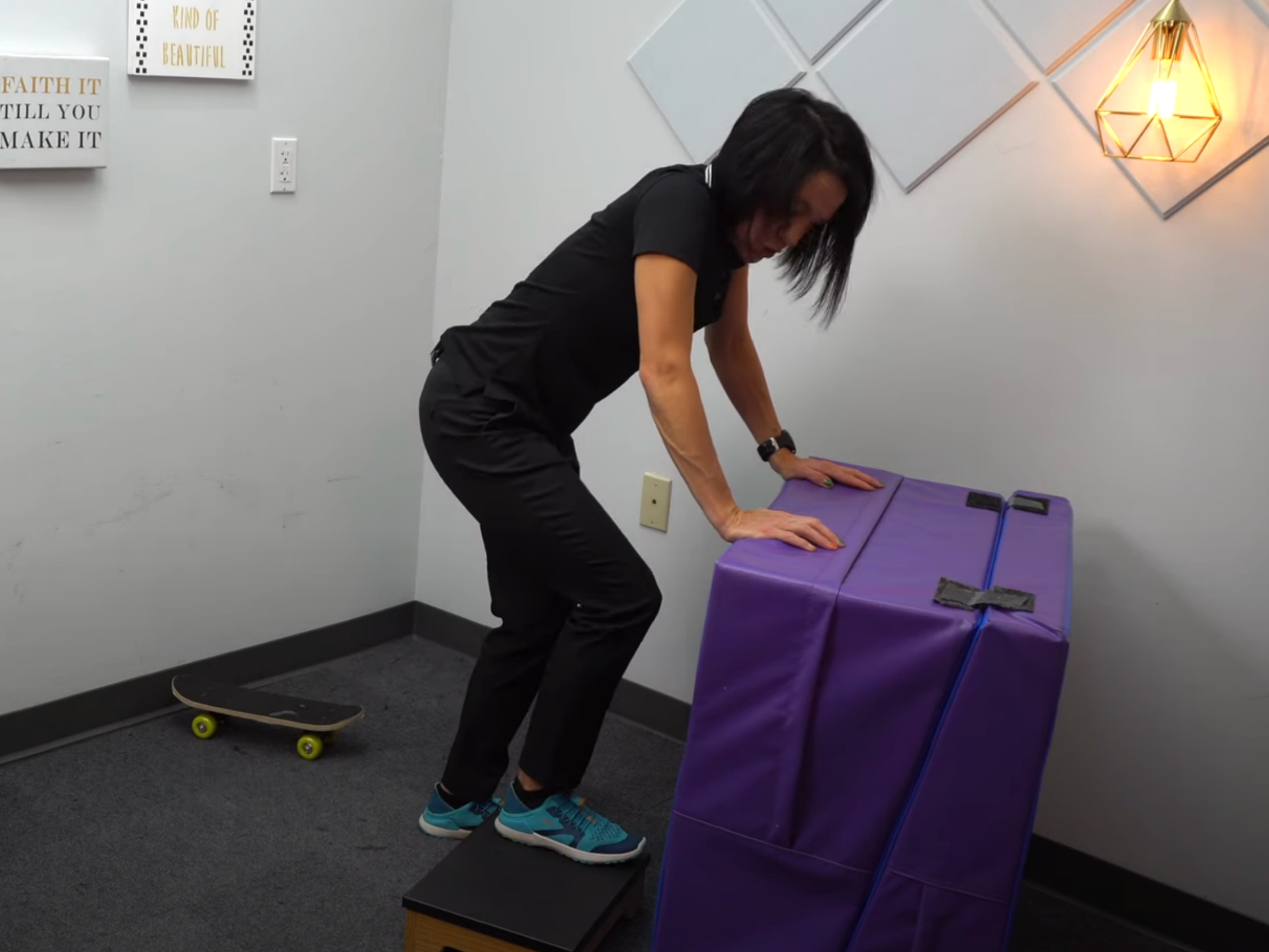
Once you can lift the leg up onto a small step, try working the end range of hip flexion
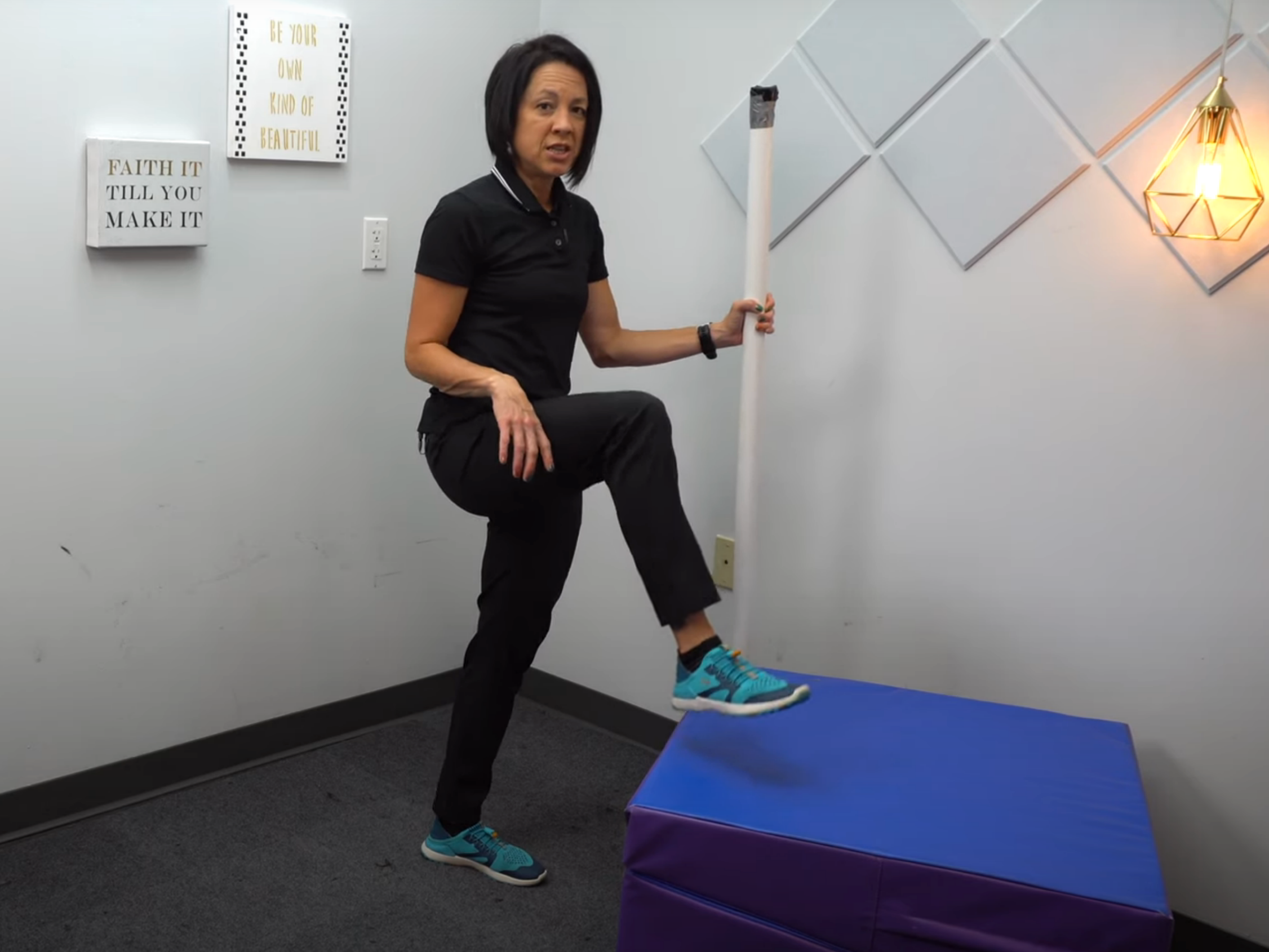
One final recommendation that I have is to use a tool to help you work on lifting the leg while walking. A resistance band belt can significantly help to “normalize” your walking pattern if you have a heavy leg.
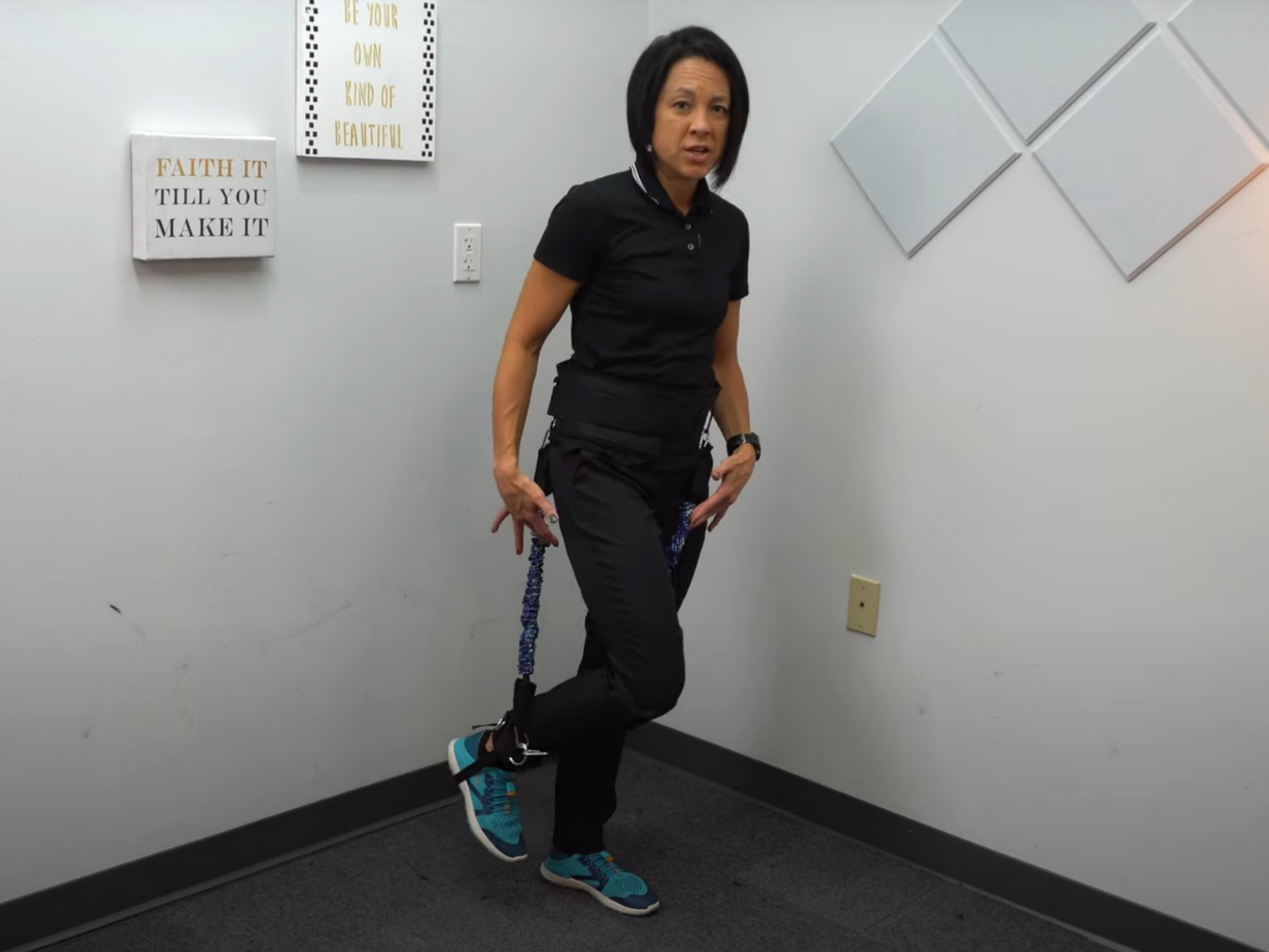
Other articles you may be interested in:
Post-Stroke Aphasia
Aphasia is a complicated post-stroke disorder that can cause disruptions to a patient’s speech and understanding. It affects their ability to express or comprehend language, hindering effective communication with family, friends, and caretakers. Termed a language...
Fix Sleep Disorders after a Stroke
Many have a hard time falling asleep or achieving restful sleep after experiencing a stroke. If you or someone you care about has experienced one, there are ways to get to sleep faster and sleep more soundly. In this article, we’ll review the types of sleep disorders...
Gratitude, Pain, and Suffering
"Gratitude is the healthiest of all human emotions. The more you express gratitude for what you have, the more likely you will have even more to express gratitude for."- Zig Ziglar Ahh, the practice of gratitude. From my earliest memories, I was told “gratitude” is...
A Guide to Virtual Reality for Stroke Recovery and Rehabilitation
Virtual reality (VR) technology allows users to immerse in a virtual environment, which has been changing the approaches to many industries, such as gaming, training, and education. Many industries are now exploring VR to improve user experience, enhance customer...
Electrical Stimulation and Post-Stroke Recovery
Electrical Stimulation and Post-Stroke Recovery Electric stimulation (e-stim) has long been used to stimulate muscles and activate nerves in recovering stroke patients. It also reduces swelling and is frequently used on foot drops, shoulder subluxation, elbow...
Superman
A hero is an ordinary individual who finds the strength to persevere and endure in spite of overwhelming obstacles". - Christpher Reeve, Superman Christopher Reeve. Many know of him as a super hero. And of course this is true. He IS the original Superman. And...


